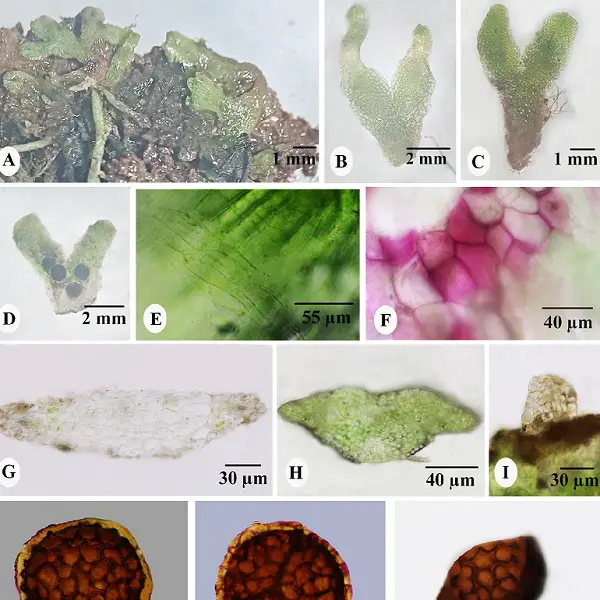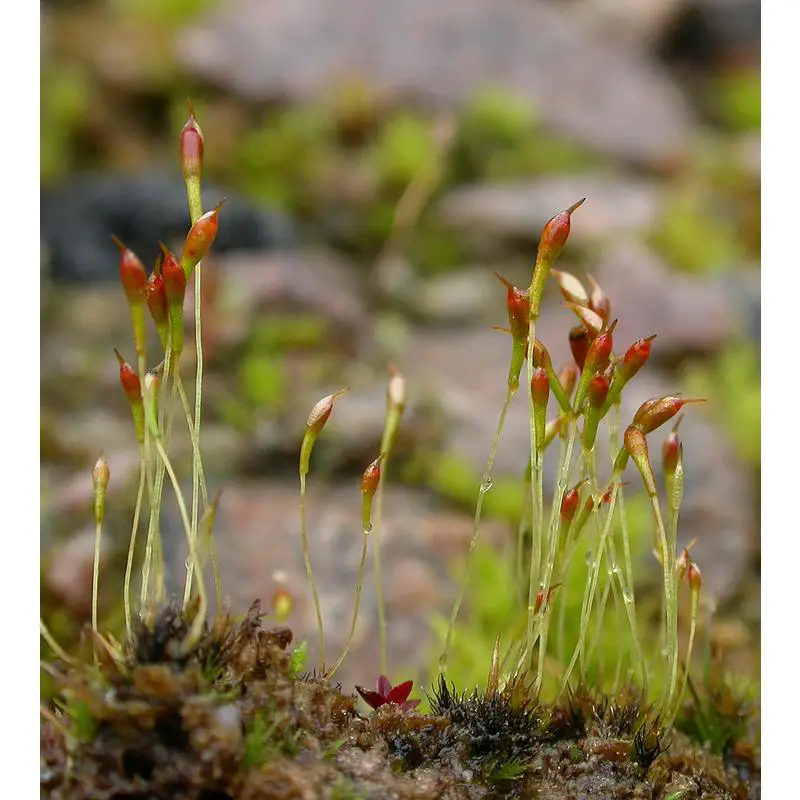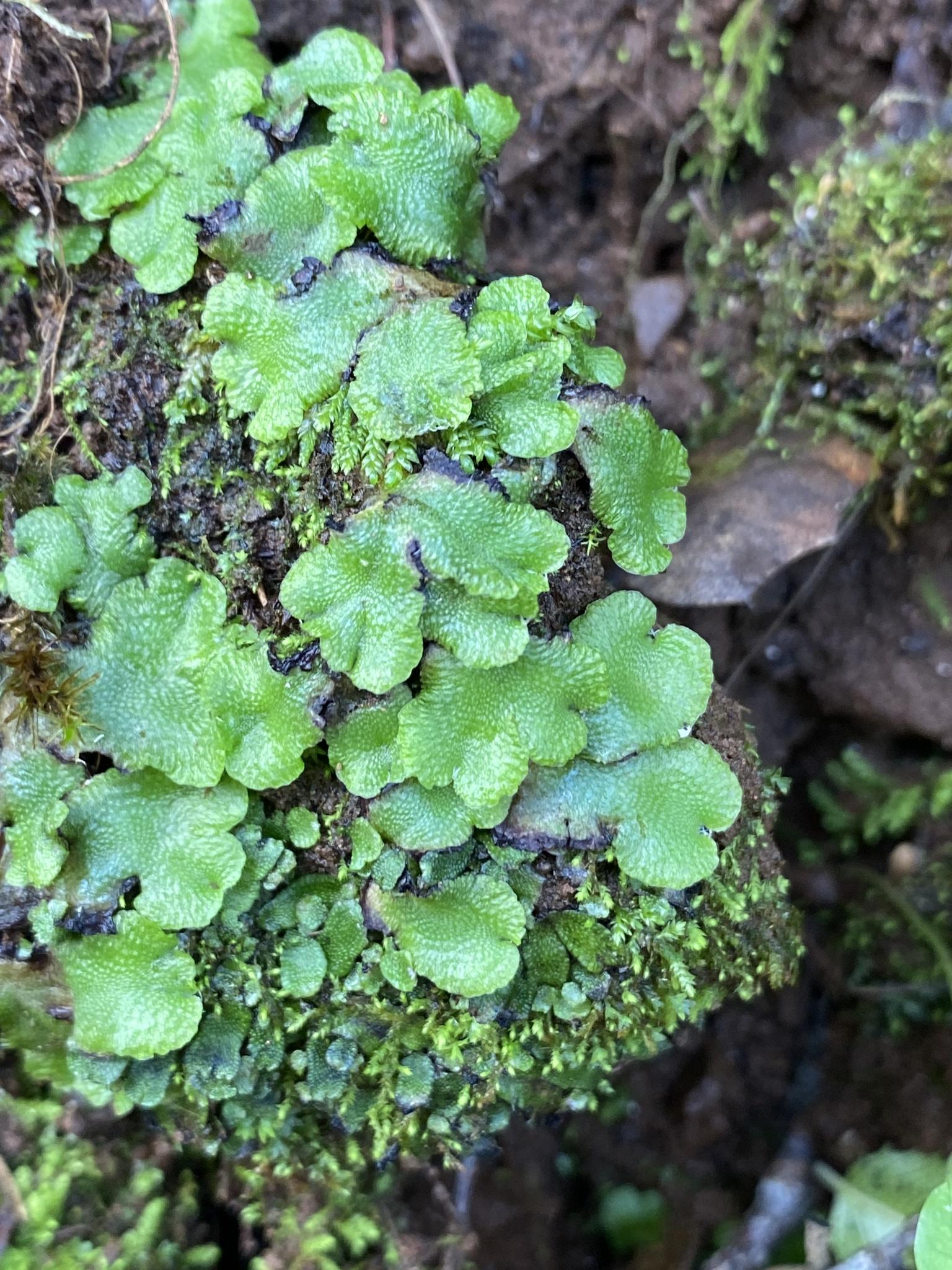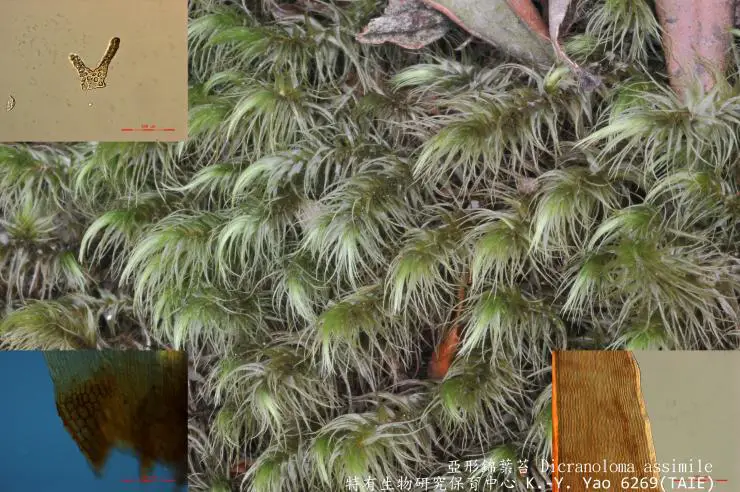Discover the World of Trematodon Setaceus: A Resilient and Enigmatic Moss
Affiliate Disclaimer: As an affiliate, we may earn a small commission when you make a purchase from any of the links on this page at no additional cost to you!

submission_2197_2226_coverImage_en_US.png from: https://horizonepublishing.com/journals/index.php/PST/article/view/2197
Exploring the Fascinating World of Trematodon setaceus Moss
Introduction
Mosses are some of the most ancient and resilient plants on Earth, with over 12,000 species found across the globe. One particularly interesting species is Trematodon setaceus Hampe ex Besch., also known simply as Trematodon moss. This small but mighty moss belongs to the Bruchiaceae family and has some unique characteristics. In this blog post, we’ll take a closer look at Trematodon setaceus and explore what makes it so special.
Background on Mosses
Before diving into the specifics of Trematodon setaceus, let’s review some background on mosses in general. Mosses are non-vascular plants in the division

26280_2110_4.jpg from: https://artfakta.se/naturvard/taxon/trematodon-1004734

original.jpeg from: https://www.gbif.org/es/species/5710097

5a842260733cd3ca7a3cf63cbb1d1141.jpg from: https://openmuseum.tw/muse/digi_object/1819fc33b9c7c1ef334a81c309b3281e
Bryophyta. They lack true roots, stems, and leaves like other land plants. Instead, they have rhizoids that anchor them and absorb water and nutrients. Mosses reproduce via spores rather than seeds and are found in a wide range of habitats, from arctic tundra to tropical rainforests.
Morphology and Identification
Trematodon setaceus is a small, delicate moss that forms loose tufts or mats. Its stems are short, usually only 2-5 mm tall. The leaves are lanceolate (lance-shaped) and have a long, hair-like awn at the tip, which is a key identifying feature. The leaf margins are entire (smooth-edged). Trematodon setaceus is autoicous, meaning both male and female reproductive structures are found on the same plant. The spore capsules are held on long setae (stalks) and are cylindrical in shape with a long, narrow neck.
Global Distribution and Habitat
Trematodon setaceus has a wide global distribution, found on every continent except Antarctica. It grows in a variety of habitats, including:
- Disturbed soils
- Roadside banks
- Damp, sandy areas
- Peat bogs
- Tundra
This adaptable moss is able to colonize harsh environments where other plants struggle to survive. It prefers acidic substrates and is often an early pioneer species after disturbances like fires or landslides.
Ecological Roles and Adaptations
Like other mosses, Trematodon setaceus plays important ecological roles:
- Helps prevent soil erosion by stabilizing the surface
- Retains moisture and nutrients
- Provides shelter and food for microorganisms and small invertebrates
- Acts as a carbon sink, absorbing CO2 from the atmosphere
Trematodon has several adaptations that allow it to thrive:
- Desiccation tolerance – can survive periods of drying out
- Freeze tolerance – able to withstand very cold temperatures
- Spore dispersal – lightweight spores spread easily by wind
- Asexual reproduction – can regenerate from leaf fragments
Conclusion
Trematodon setaceus may be small, but this mighty moss is an important part of ecosystems around the world. Its ability to colonize disturbed areas, prevent erosion, retain moisture, and provide habitat makes it an invaluable species. Next time you’re out in nature, take a closer look – you just might spot some Trematodon moss! What other amazing bryophytes have you encountered?
